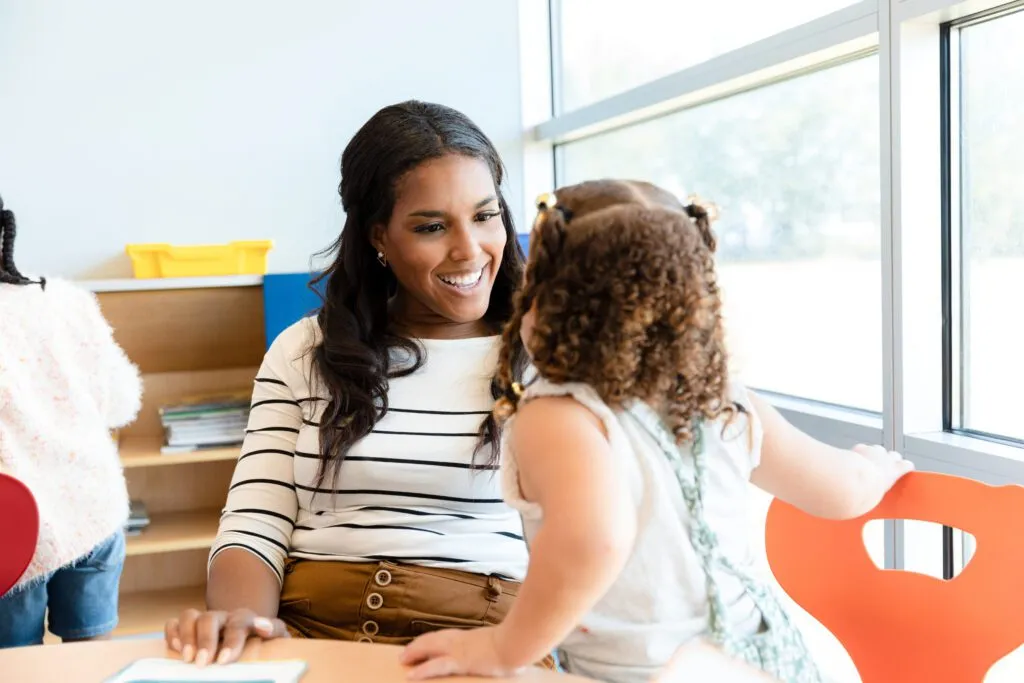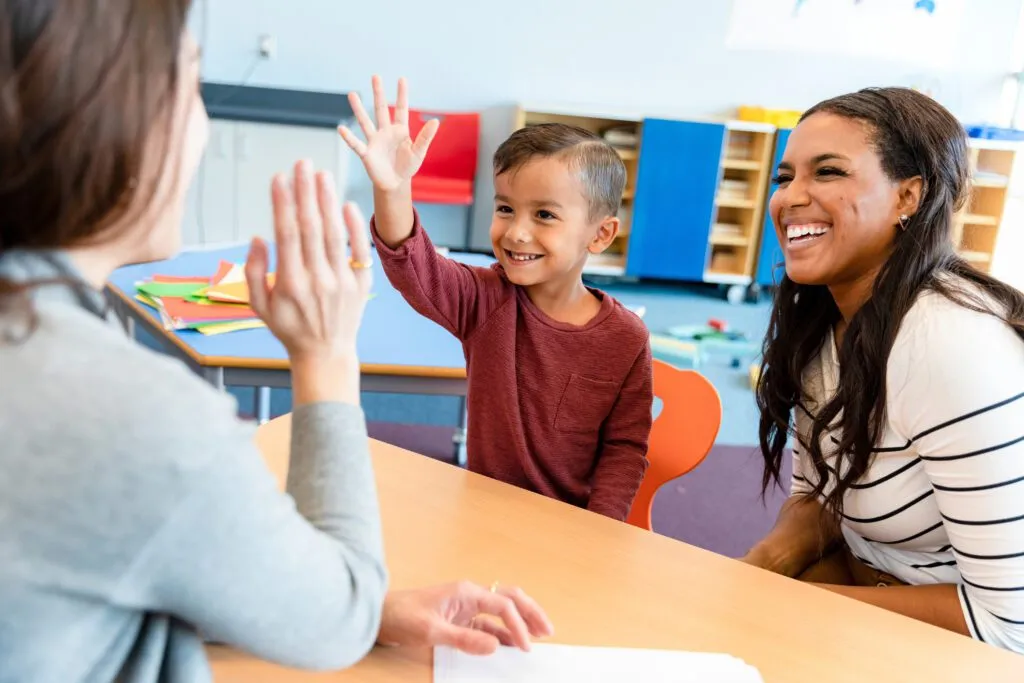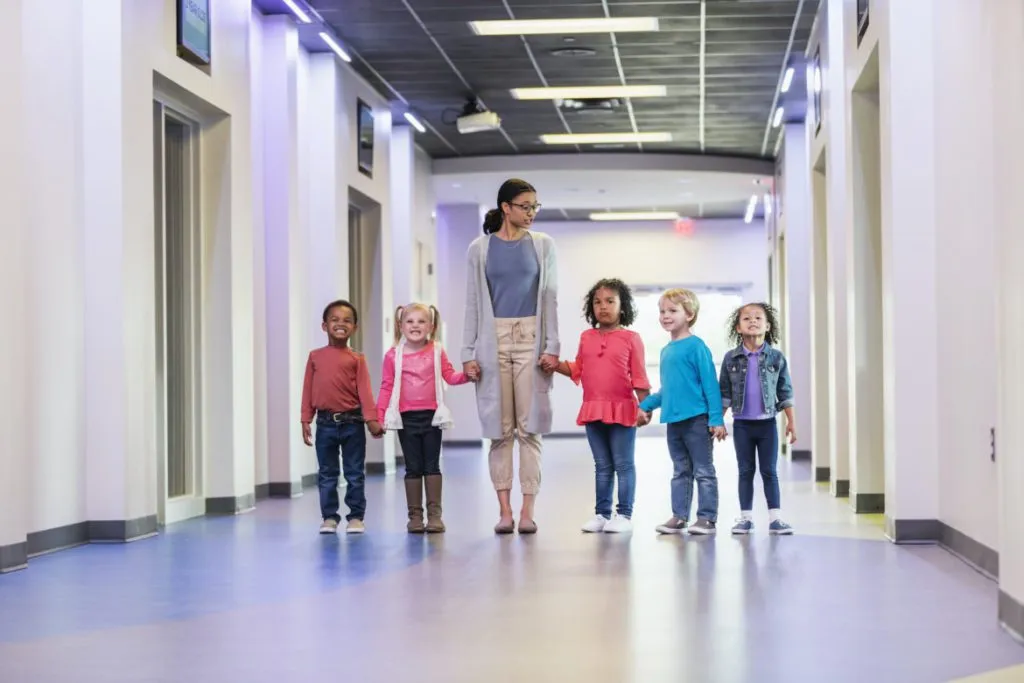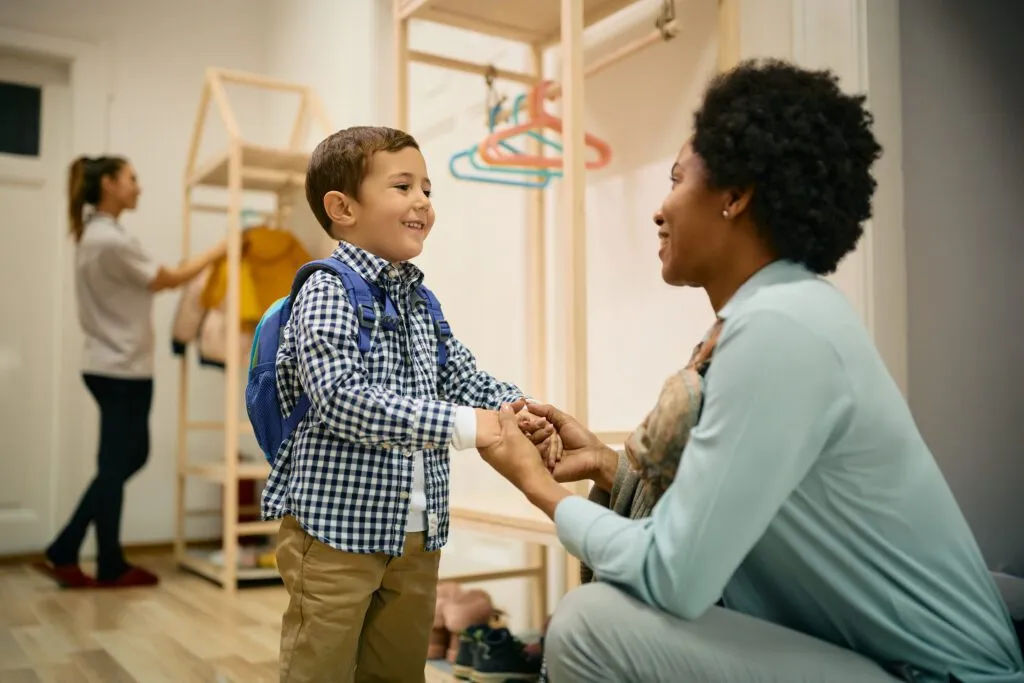Why It Matters: Building a Positive Relationship With Your Team


In my role as an educational consultant at Teaching Strategies, I have the honor of meeting and talking with early childhood educators all over the country. I often hear about the challenges you face, and, for many of you, staffing concerns continue to be at or near the top of your list.
Recently, I started to evaluate the reasons why this is so and, more important, see if I could offer some helpful ideas.
When I talk with administrators about why they aren’t able to attract and retain a full staff, they sometimes mention the low pay, long hours, and lack of benefits, and, too often, there’s not much a building administrator can do to alleviate those concerns. But sometimes it’s also about the lack of positive relationships within the building—and that’s something school leaders can work on.
Looking back on my time working in schools—as an assistant teacher, teacher, curriculum coordinator, and ultimately supervisor—the common denominator among programs with full staffs and low turnover was the positive relationships that were cultivated throughout the building.
The Secret Sauce of Staff Success
Relationships within classrooms are imperative to the success of the team as a whole. Staff members are in a classroom for a significant amount of time each week. Whenever more than one adult is working in a classroom, a key factor for administrators to consider is pairing up team members in a way that allows them to build off each other’s strengths.
When I think about the many classroom teams I’ve worked with over the years, one stands out as truly extraordinary. The two teachers in that classroom could not have been more different, but their personalities and skillsets complimented each other. One was steadfast and organized; the other was always willing to go the extra mile for both the children and her coworker. Together, they created magical classroom experiences. The secret ingredient to their success? They genuinely loved and cared about each other and trusted each other to do what was right for the children in their class.
While not everyone is the same, and no one can coexist perfectly well with just anyone, the relationship enjoyed by these two teachers gave me hope that it could replicated, anywhere, and drive positive outcomes for children, everywhere.
What Can One Administrator Do?
Relationships affect every facet of your program, from how families feel as they enter the building to the behavior choices children make. Relationships also determine how engaged staff can be. Consider what you yourself will do for someone you love, care about, and trust. You’ll go to great lengths. We all will.
One of the biggest challenges for administrators is what I call “the stuff”—all the things that school leaders are required to do throughout the day that can take time and attention away from relationships. Key for me was viewing relationship-building not as an “extra” thing for me to do after I checked off all the “Have To” items on my to-do list, but rather as a primary responsibility of my role as a school leader. Being able to stop and take a moment to go into a classroom just to give a teacher a breather, maybe a word of support or a warm smile and a “What can I do to help you today?”—these are simple things that let folks know how much they are appreciated. They also set the tone for what is expected. It says, “This is how we treat each other here: we value loving each other, caring for each other, and trusting each other.”
In short, never underestimate the power of checking in, even “Just to say hi and see how you’re doing today.”
Another tip I have is one I learned from a former administrator of mine who allowed teachers to peer-interview candidates for open positions in our school. This process encouraged us to consider the personality types of the folks coming in the door, to figure out who would not only complement our team but would add something to it. It also created an opportunity for us to feel valued and heard, to feel like the administrators understood us and appreciated our thoughts when it came to our school.
The More Things Change…
I don’t know if the concerns faced by administrators are really new or if they just feel new because they are new to us. Certainly, the world is changing. Everyone feels more rushed and more anxious and less connected.
But these are the same things our parents said, and their parents before them. Meanwhile, the fundamentals of relationship-building are the same as they ever were. And if, in fact, the people you work with believe they are more rushed and more anxious and less connected than ever, it’s all the more reason to help them feel welcomed, valued, and heard as well as loved, cared about, and trusted to do what’s best for children.
I believe in my heart that when we focus on the fundamentals of relationship-building, conditions improve. Folks are more engaged and encouraged in the workplace because they want to be. It feels right, and word spreads: “This is a good place to be.” And most important and wonderful of all, we are responsible stewards of our opportunity to cultivate the world of tomorrow by modeling sincere, high-quality relationships for all the children who are watching, listening to, and learning from us.

Join the Conversation
Engage, connect, and collaborate through discussion forums, community groups, and the open sharing of ideas in The Hub.



